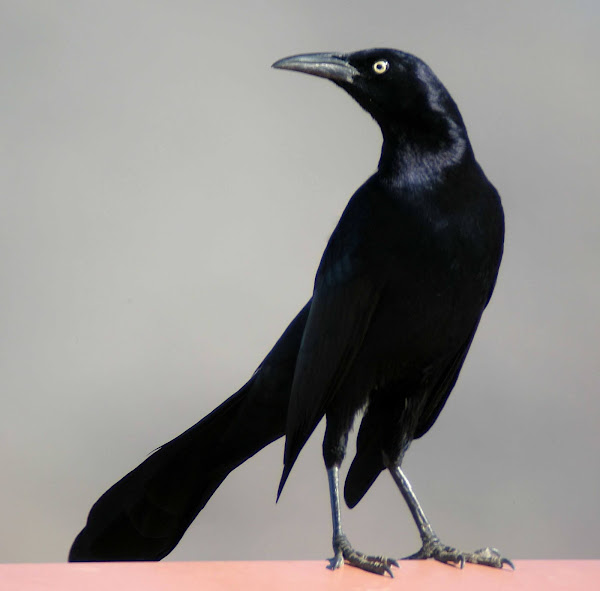In this brief post we will look at a variety of critters and images. Everything from Pronghorn Antelope to Marine Blue Butterflies to a sunset image to a quail chick, let’s have a look at these images.
What is for breakfast? Here is a young buck Pronghorn Antelope eating a prickly poppy flower. In an earlier post we had shown the prickly poppy. We have no idea what they taste like but he seems to enjoy them, he munched on several of the flowers while we watched.
This is a Blue Grosbeak. Note the somewhat large size of the bill or beak. Certainly he has the bright blue coloration. This brightly colored chap and his cinnamon colored mate spend the winter in Mexico or further south and in the southern range of their breeding territory, where we are located, they might raise two sets of young a year.
No there is no bird in this image. In the southwest there can be some quite colorful sunsets, in this image it seems the sky is on fire and the clouds are a molten material. It is quite fascinating to see.
The critter is nick-named ‘Ears” for obvious reasons. It is a Black-tailed Jackrabbit also known as a Desert Hare.
It is fairly widespread in its range, certainly can run very fast, and obviously has big ears
Anytime you think your house is not all that great or that it could use a little sprucing up with some modifications keep in mind there are worse places to live. Here in the middle of the Cholla Cactus there is a home (nest) for this Curve-billed Thrasher. She raised two young thrashers here going in and out of the nest with apparent impunity to the spines and stickers.
This image shows a Great-tailed Grackle. It is a large very common bird found throughout the southwest that looks like a black bird that has been stretched. In this image it appears sleek and well-groomed a very nice looking bird.
This is also a Great-tailed Grackle in flight and it appears that it desperately needs to work on feather management. Every feather seems disheveled in some manner. It still can fly all must be OK, maybe just a bad feather day.
These are Marine Blue Butterflies. They are grouped on a rock getting nutrients and minerals from the water and moss. They are very common here at this time of year, they are all over the yard and in all the plants. This image was taken at Paton’s Center for Hummingbirds in Patagonia. For perspective they are a rather small butterfly, with a wingspan ranging from 7/8 to 1 1/8 inches
Here is a Scott’s Oriole, a very striking black and yellow Oriole. We have several different Oriole Species here in the summer including Bullocks’ Oriole, Hooded Oriole, Scott’s Oriole and others. From Southern Arizona they will migrate to Mexico for the winter returning next spring. There is a resident population that stays in Southern California.
In the RV park here you will see various shapes and sizes of RVs with corresponding prices. Here is one example of a smallish tear drop trailer parked in the site next to a somewhat larger Class A RV. It is all about how much money you want to spend and the life style you wish to pursue. We doubt that in the smaller red teardrop that you can watch the Seahawk Football Games on the 85 inch curved screen TV with 7 channel surround sound. Oh the sacrifices one needs to make in the wandering lifestyle.
Flying like a bird is not always as easy as it sounds, unless you are a bird. Here is a Western Kingbird taking off from the red pole in the image to catch bugs that are flying over the pond. The kingbird really has his wings seemingly contorted in flight.
This little fellow is a Gamble’s Quail chick, probably no more than 1-2 days old. It is only about 2 inches high and has to really run to keep up with mom and its siblings. We are seeing several broods of quail chicks in the area now.
We hope you enjoyed this short post covering a variety of topics.
Please let us know if you have any questions or comments.
All the best – George & Deanna











